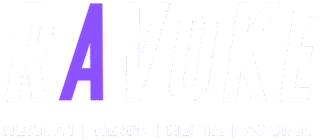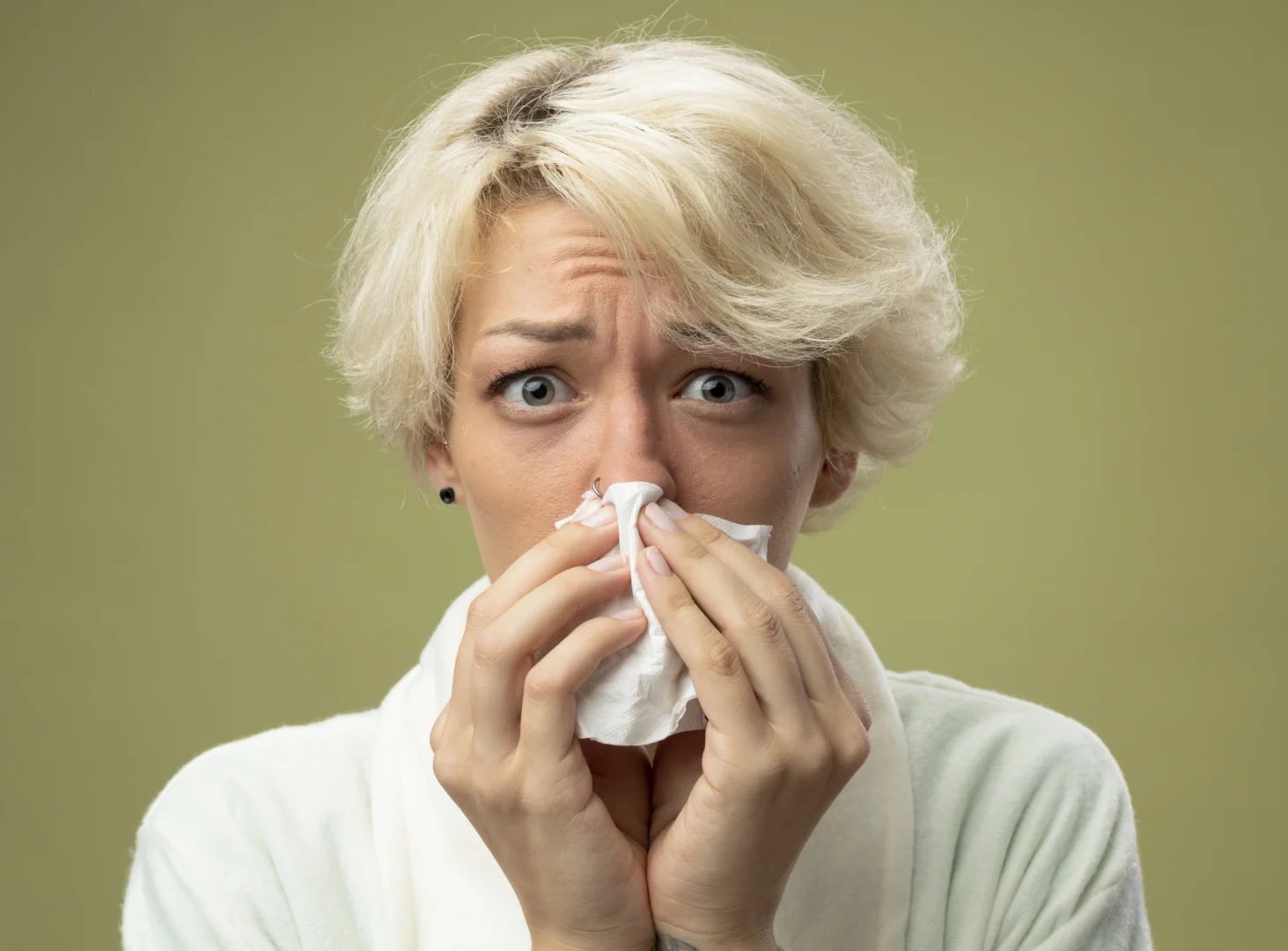Testosterone: The Unsung Human Hormone in Women’s Health
Unveiling Testosterone: A Woman’s Vitality Driver When you hear the word testosterone, what immediate images spring to mind? Likely, they’re of muscular physique, deep voices, and a quintessential rugged masculinity.
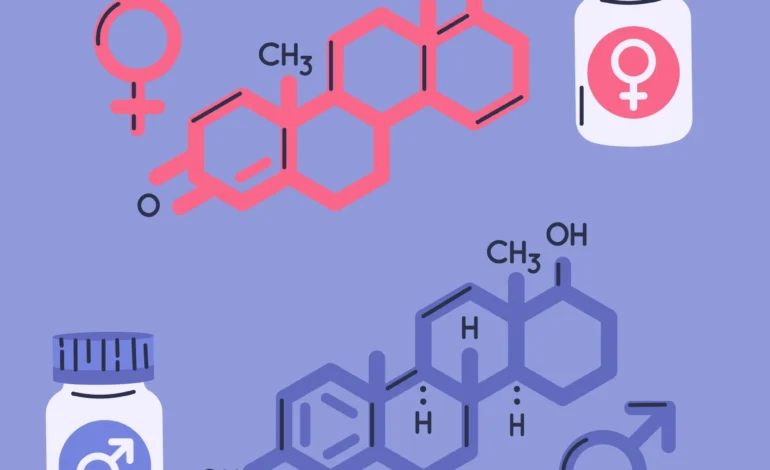
Unveiling Testosterone: A Woman’s Vitality Driver
When you hear the word testosterone, what immediate images spring to mind? Likely, they’re of muscular physique, deep voices, and a quintessential rugged masculinity. For much of the modern medical era, this hormone has been pigeonholed as the “male sex steroid,” a stereotype so entrenched that it permeates popular culture and even influences clinical practice.
But it’s time to flip that perspective.
Here’s the fundamental truth: testosterone is not merely a male hormone—it is a vital, unsung hero of human health, particularly in women. This is the first in a series where we will dismantle the pervasive myths surrounding testosterone therapy in women, starting with the most basic one: the idea that testosterone is inherently “gendered.”
I’m Dr. Bryan, a gynecologist specializing in menopause and perimenopause with over 35 years of experience. I’ve witnessed firsthand how this powerful hormone has been misunderstood, sidelined, and often dismissed in women’s health. Yet, the deep dive into human biology and nearly a century of clinical history tells a far more compelling story—one that is quietly waiting to be recognized in the current conversation about women’s vitality and hormone balance.
Testosterone: The Most Abundant Active Sex Steroid
Let’s anchor this discussion in measurable biological reality. Testosterone is the most abundant active sex steroid in women throughout their entire lifespan. Yes, women.
While it is true that men maintain significantly higher circulating levels (typically $250–1180 \text{ ng/dL}$ compared to women’s $20–80 \text{ ng/dL}$), this quantitative difference does not equate to a qualitative irrelevance. Consider the scale: female testosterone levels are measured in nanograms per deciliter ($\text{ng/dL}$), whereas the primary form of estrogen, estradiol, is measured in picograms per milliliter ($\text{pg/mL}$). This difference represents a thousand-fold disparity in the unit of measure.
Put simply, in the endocrine environment of the female body, there is a vastly greater concentration of testosterone than estrogen, even if the absolute amounts are smaller than in men. A woman’s physiology is constantly immersed in an androgen-dominant landscape.
Women also actively produce androgen precursors such as DHEA
(dehydroepiandrosterone) and androstenedione. These molecules function as testosterone factories in the ovaries, adrenal glands, and peripheral tissues. These precursors are present in remarkably similar ranges across both sexes, which powerfully underscores a crucial biological truth: testosterone isn’t a gendered hormone—it is a human hormone. As women age, all these levels naturally decline, yet their physiological impact remains profound.
If we were to graph a woman’s hormone levels across her lifespan, testosterone maintains a steady presence as a dominant force, while estrogen is subject to dramatic ebbs and flows through the phases of puberty, pregnancy, and menopause.
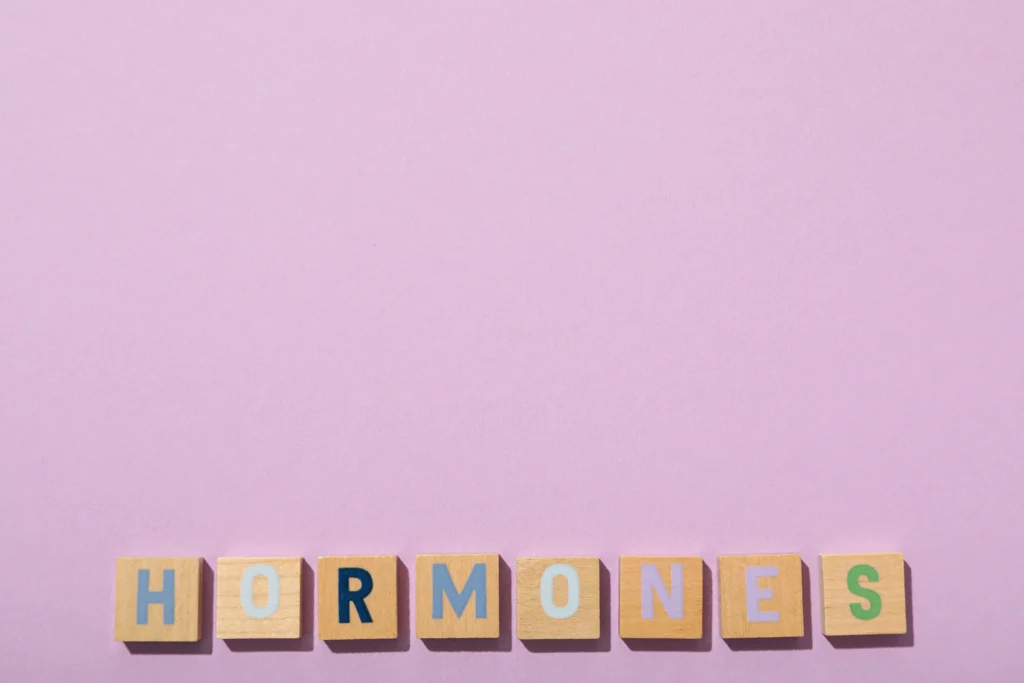
A Historical Oversight and the Power of Receptors
If testosterone is so fundamentally critical, why has estrogen so heavily overshadowed it in the dialogue surrounding Hormone Replacement Therapy (HRT)? The answer is a convergence of historical narrative and a persistent perceptual bias.
Estrogen has been the dominant focus of HRT since the mid-20th century, primarily celebrated for its efficacy in mitigating classic vasomotor symptoms, like hot flashes, and supporting bone density. Yet, if we look back to the 1937 pioneering studies—nearly a century ago—we find documentation of testosterone already being used effectively to treat menopausal symptoms. Early researchers consistently noted improvements in energy, mood, libido, and overall well-being, outcomes that were fully competitive with the documented benefits of estrogen.
So why the subsequent obscurity? The powerful “male hormone” label stuck, effectively casting testosterone as an outsider in the women’s health space. This narrative took root despite the clear biology.
Biologically, men and women are fundamentally equipped to respond to the same hormones. Both sexes possess androgen receptors—the specific proteins that testosterone binds to in order to exert its effects—and estrogen receptors. Intriguingly, the gene encoding the androgen receptor resides on the X chromosome, a genetic detail that poetically highlights the hormone’s native place in female biology, given women have two of these chromosomes. Testosterone isn’t just a guest in a woman’s body; it is an endogenous player with a starring role.
The Dynamic Duo: Testosterone and Estrogen in Harmony
Testosterone does not work in isolation; the endocrine system is an intricate network of hormones that constantly “talk” to each other. In women, testosterone serves as a primary building block for estrogen production.
Through a crucial enzymatic process called aromatization, testosterone is converted into estradiol (a potent form of estrogen) in various peripheral tissues, including fat, muscle, and the brain. This delicate interplay ensures hormonal balance, underpinning everything from metabolic function to mood regulation and muscle strength. Low testosterone can therefore have a cascading effect, causing not just a dip in energy or libido, but also a ripple effect on estrogen levels, threatening that delicate physiological equilibrium.
Calling testosterone a “male” hormone is akin to saying the sun only shines for half the day—it’s a half-truth that willfully ignores its universal, animating impact. In women, testosterone fuels vitality, supports bone mineral density, enhances cognitive clarity (e.g., reducing “brain fog”), and, of course, plays a significant role in sexual wellness. When levels drop—whether due to age-related decline, chronic stress, or medical conditions like ovarian insufficiency—patients commonly experience symptoms like pervasive fatigue, difficulty concentrating, and depressed mood. Over the course of my career, countless patients have found relief for these very complaints not solely with estrogen, but through low-dose, physiologic testosterone therapy tailored to their unique needs.
Busting the Myth: Why This Matters for Clinical Practice
The myth that testosterone belongs solely to men has significant, real-world clinical consequences. It has actively prevented countless women from exploring a safe and effective therapy that could fundamentally transform their quality of life, particularly during the transition of perimenopause and menopause when hormone imbalances are most acutely felt.
The scientific consensus supports this: research repeatedly highlights testosterone’s safety and efficacy in women when administered at low, physiologic doses. Unlike the supraphysiologic doses often used in male athletes or bodybuilding, this therapeutic approach is designed to precisely mimic what a woman’s body naturally produces, which minimizes risks while maximizing tangible benefits.
If you have been told that testosterone is not for women—or worse, that it will produce undesirable virilizing side effects—it is time to critically re-evaluate that narrative. The data, the history, and the fundamental biology all agree: testosterone is a woman’s hormone, too, and its therapeutic value has been hiding in plain sight for nearly a century.
About Author
Dr. Bryan Treacy’s journey began with over three decades of dedicated service as an Ob/Gyn. His extensive experience in women’s health laid a solid foundation in medical science and patient care. Recognizing the limitations of traditional medicine, Dr. Treacy transitioned to holistic health consultancy, merging scientific knowledge with a broader understanding of wellness.
